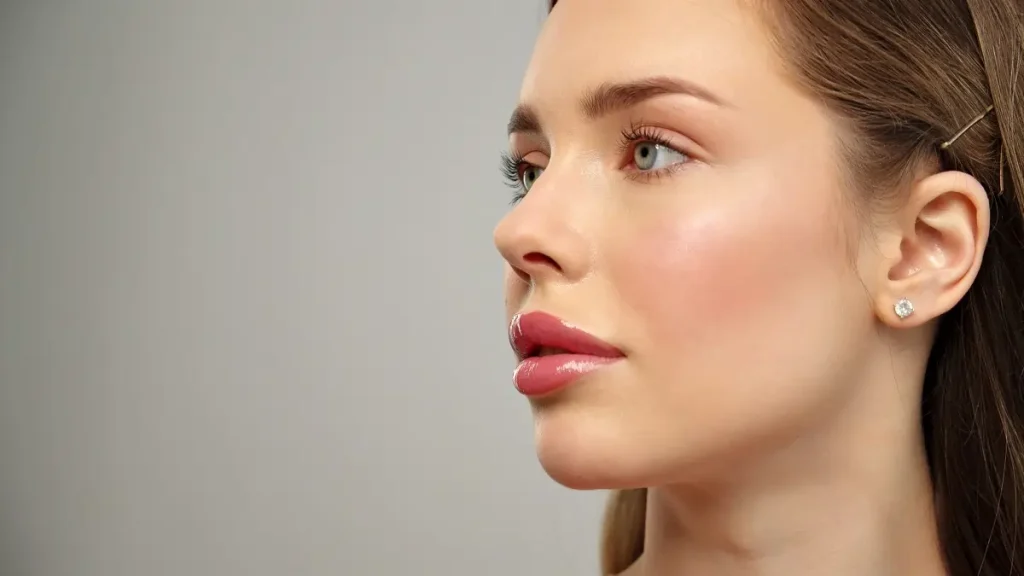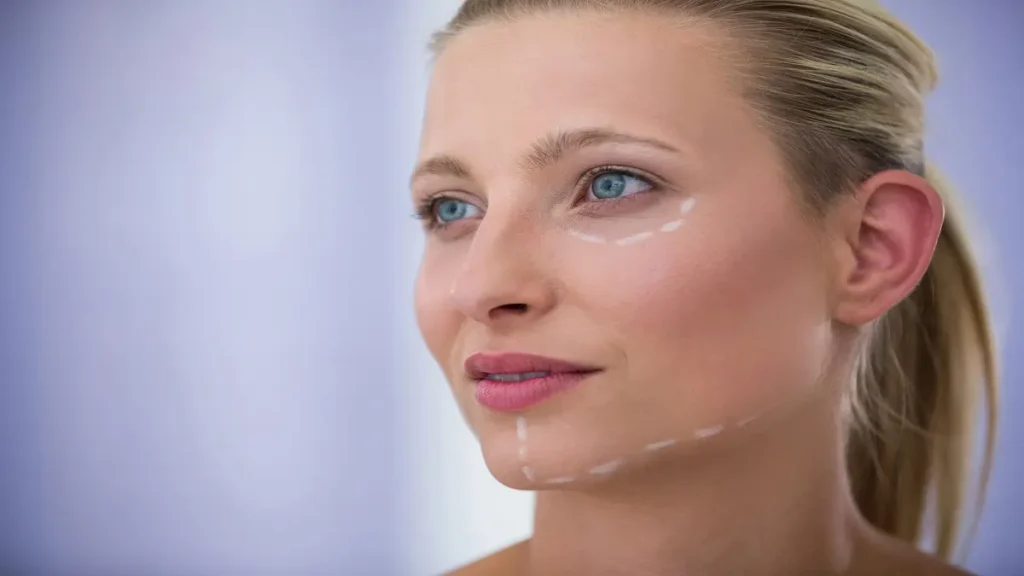Facial Fat Grafting
What Is Facial Fat Grafting? Facial fat grafting is a cosmetic procedure that involves the removal of fat cells from one area of the body and their subsequent injection into the face to restore volume and enhance facial features. The procedure typically starts with the collection of fat cells from the patient’s own body, commonly […]









